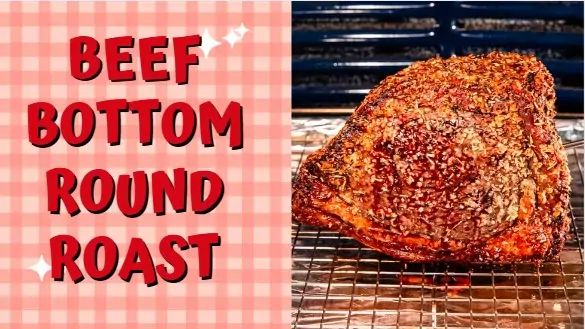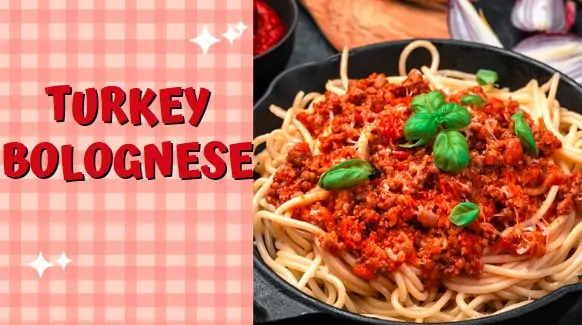Beef Bottom Round Roast, a staple in traditional culinary practices, is celebrated for its robust flavor and versatility in the kitchen. Originating from the rear leg of the cow, this cut is lean and packed with rich, beefy undertones, making it an ideal choice for a variety of cooking methods. The Bottom Round Roast, also known as the outside round, is revered for its dense texture, which, when cooked properly, transforms into a succulent and tender feast.
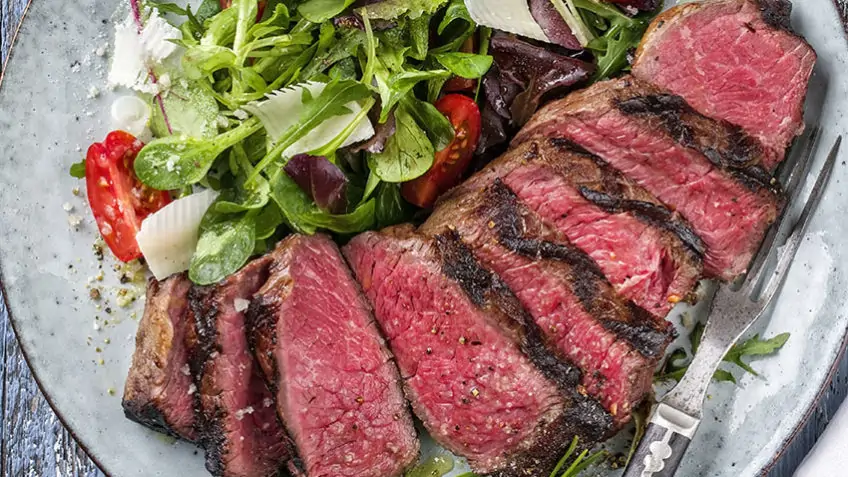
The preparation of Beef Bottom Round Roast is an art that marries the simplicity of ingredients with the complexity of slow cooking techniques. Whether it’s roasted in an oven to achieve a caramelized exterior or slow-cooked to perfection, this cut rewards patience with depth of flavor. Seasonings play a crucial role in enhancing its natural taste, with herbs and spices such as rosemary, garlic, and black pepper often used to complement its hearty character.
Beyond its delightful taste, the Beef Bottom Round Roast stands out for its nutritional value, offering a rich source of proteins, vitamins, and minerals essential for a balanced diet. It’s a favored choice among health-conscious individuals and those looking to enjoy a luxurious meal without compromising on wellness. As such, the Bottom Round Roast holds a prestigious place in both home kitchens and gourmet restaurants, symbolizing a blend of tradition, nutrition, and culinary excellence.
| Prep time | 20 minutes |
| Cook time | Approximately 2.5 to 3 hours (or until the meat reaches the desired internal temperature of 135°F for medium rare or 145°F for medium) |
| Cuisine | American |
| Course | Main course |
| servings | 4 persons |
Kitchen Tools Needed
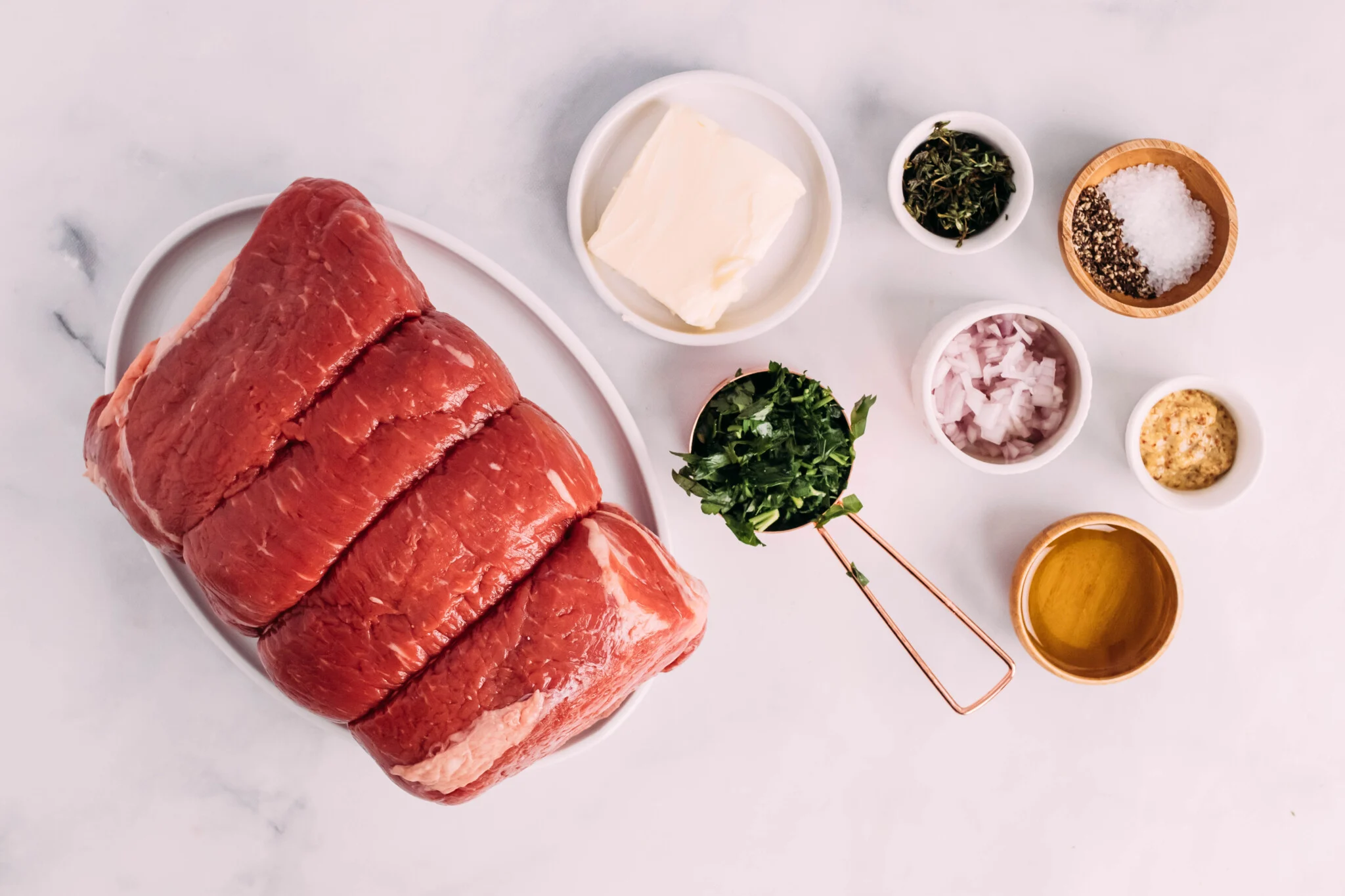
Ingredients
How to make Beef Bottom Round Roast?
Preparing the Roast
Roasting
Resting and Serving
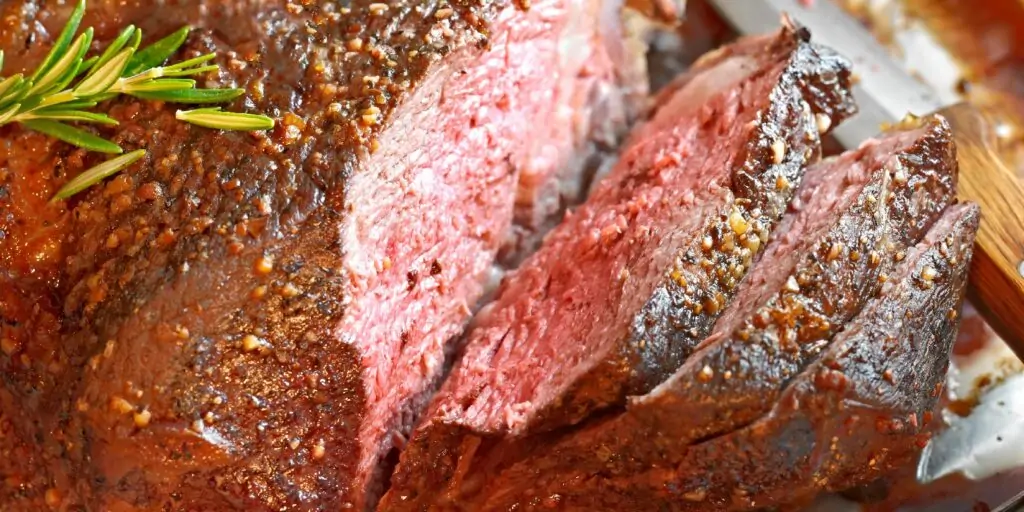
What To Serve With Beef Bottom Round Roast?
Making Ahead, Storage and Reheating
Making Ahead
Preparing a Beef Bottom Round Roast ahead of time can be a strategic way to manage your cooking schedule, especially when planning for special occasions or large gatherings. You can season the roast with your choice of herbs and spices up to 24 hours in advance, covering it tightly and refrigerating. This not only saves time but also allows the flavors to penetrate the meat more deeply, enhancing its overall taste.
Storage
After cooking, if you find yourself with leftovers, proper storage is key to maintaining the quality of your Beef Bottom Round Roast. Allow the meat to cool to room temperature before refrigerating to prevent bacterial growth. Slice the roast or keep it whole, then wrap it tightly in aluminum foil or plastic wrap. Place it in the coldest part of your refrigerator. For longer-term storage, you can freeze the roast.
Wrap it in a layer of plastic wrap followed by a layer of aluminum foil, or use a freezer-safe bag to minimize freezer burn. Stored in the refrigerator, the roast will keep for 3-4 days, and in the freezer, it can last for 2-3 months.
Reheating
To preserve the moisture and tenderness of Beef Bottom Round Roast when reheating, slow and gentle is the way to go. If refrigerated, allow the roast to sit at room temperature for about 30 minutes before reheating. Oven reheating is ideal: Preheat your oven to 325°F (165°C), place the roast in a baking dish, and add a splash of beef broth or water to the dish to help keep the meat moist.
Cover the dish with aluminum foil to trap steam and reheat until the roast reaches an internal temperature of 165°F (74°C), typically taking about 20-30 minutes for slices and longer for a whole roast. Avoid microwave reheating if possible, as it can unevenly heat the meat and affect its texture.
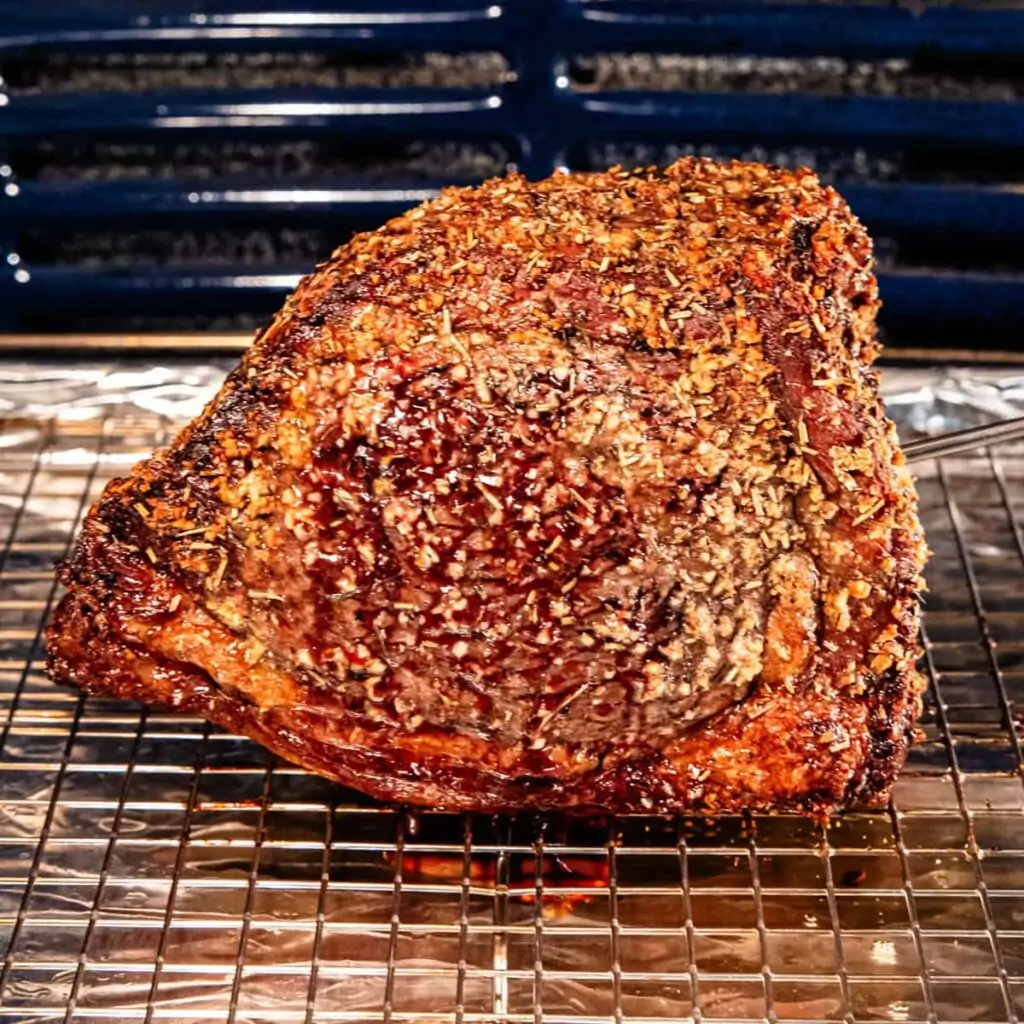
Health benefits
Variations
Substitutions
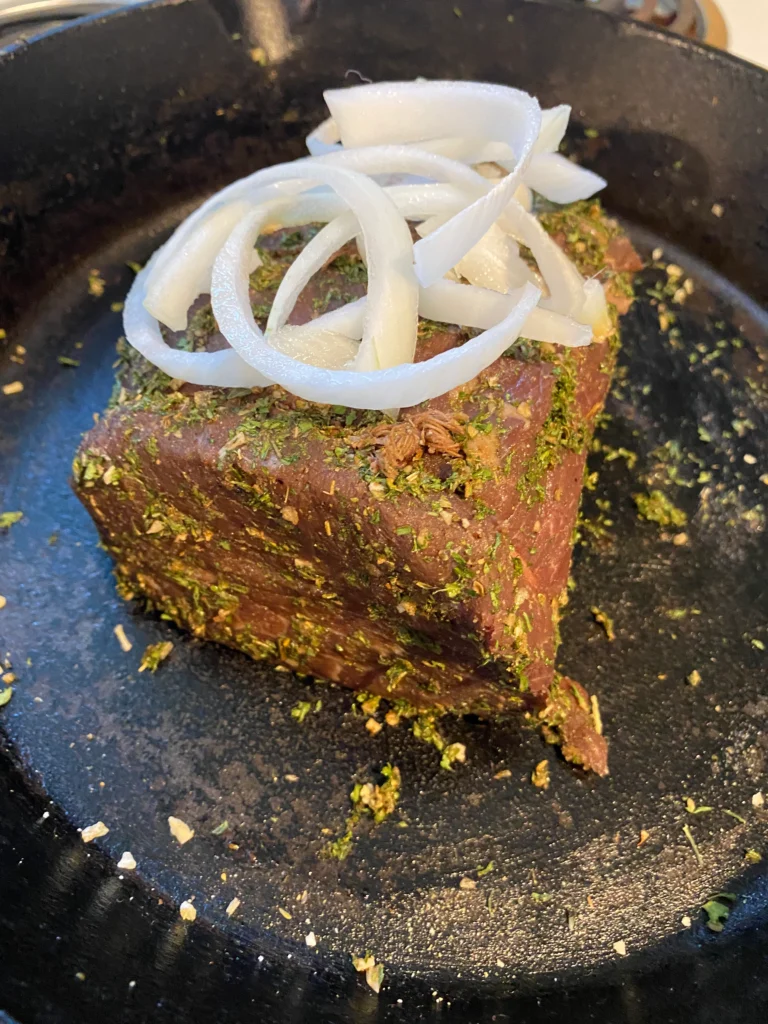
Tips and Tricks
Frequently Asked Questions – FAQ’s
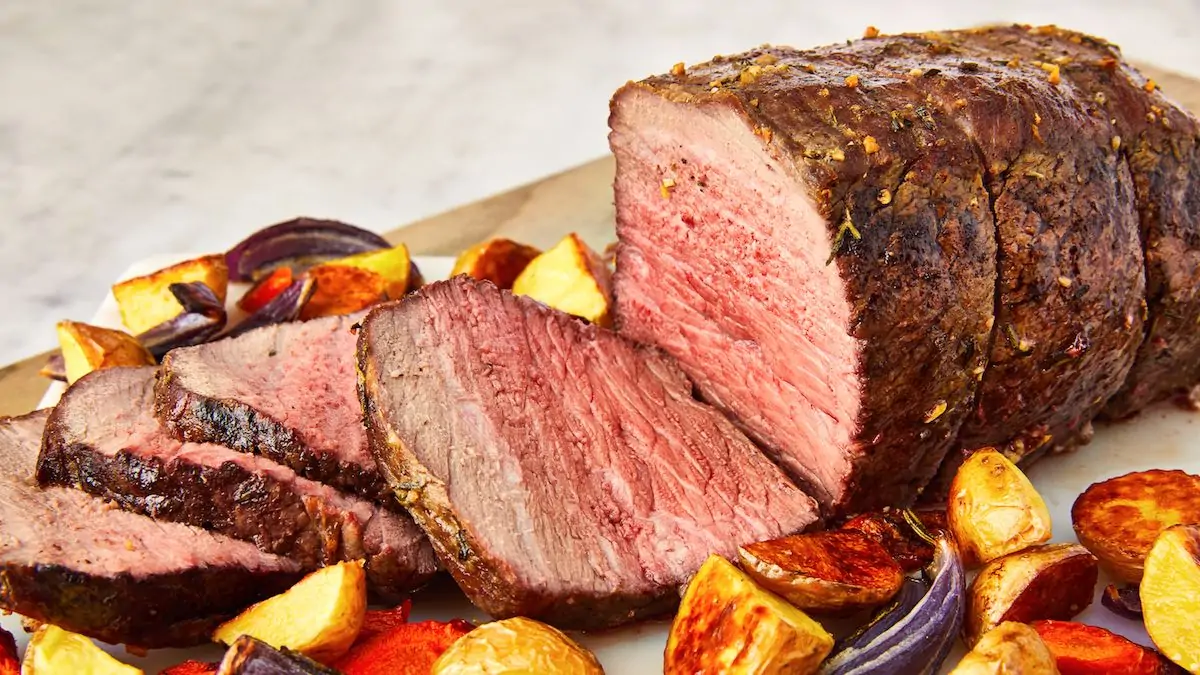
Yummy Beef Recipes
Delicious Beef With Garlic Sauce Recipe
The Best Bone-In Filet Mignon Recipe
Perfect Beef Bottom Round Roast Recipe
Course: MealsCuisine: AmericanDifficulty: Easy4
servings20
minutesIngredients
3 lbs beef bottom round roast
2 tablespoons olive oil
4 cloves garlic, minced
1 tablespoon fresh rosemary, chopped (or 1 teaspoon dried)
1 tablespoon fresh thyme, chopped (or 1 teaspoon dried)
Salt and freshly ground black pepper, to taste
2 cups beef broth
1 onion, quartered
2 carrots, cut into 2-inch pieces
2 stalks celery, cut into 2-inch pieces
Directions
- Preheat Oven: Begin by preheating your oven to 325°F (165°C). This ensures a steady cooking environment for the roast.
- Season the Beef: Rub the beef bottom round roast all over with olive oil. In a small bowl, combine minced garlic, rosemary, thyme, salt, and pepper. Apply this mixture evenly over the roast to season it thoroughly.
- Tie the Roast (Optional): If the roast is uneven in thickness, consider tying it with kitchen twine at 2-inch intervals to promote even cooking.
- Vegetable Bed Preparation: In the bottom of a roasting pan or a Dutch oven, scatter the quartered onion, carrots, and celery pieces. These vegetables will serve as a flavorful bed for the roast and contribute to the gravy.
- Cook the Roast: Place the seasoned beef on top of the vegetables and pour beef broth around the meat. The broth will keep the environment moist and enhance the roast’s flavor as it cooks.
- Roast: Transfer the roasting pan to the oven and cook uncovered. Baste the roast every 30 minutes with the pan juices to prevent it from drying out and to enrich the flavor.
- Check Temperature: Roast until a meat thermometer inserted into the thickest part of the meat registers 135°F for medium-rare or 145°F for medium. This typically takes about 2.5 to 3 hours, but times may vary depending on the size of the roast and individual oven characteristics.
- Rest the Roast: Once the roast reaches the desired internal temperature, remove it from the oven. Tent loosely with aluminum foil and let it rest for at least 15 minutes. Resting is crucial as it allows the juices to redistribute throughout the meat, ensuring a moist and tender roast.
- Carve and Serve: After resting, remove the twine (if used) and carve the roast against the grain into thin slices. This method helps in achieving a tender eating experience. Serve the sliced beef with the roasted vegetables on the side and enjoy.
Conclusion
The Beef Bottom Round Roast stands out as a culinary favorite for its robust flavor, versatility, and nutritional benefits. Perfect for slow cooking, this cut transforms into a tender and succulent dish that can elevate any meal into a comforting feast. Its lean profile not only caters to health-conscious individuals but also offers a canvas for a variety of seasonings and cooking methods.
From classic roasts surrounded by aromatic vegetables to innovative dishes infused with international flavors, the Bottom Round Roast proves its adaptability across cuisines. Moreover, its affordability makes it an excellent choice for family dinners and special occasions alike. Embracing this cut in your culinary repertoire opens the door to endless delicious possibilities, ensuring meals that are both satisfying and nutritious.

